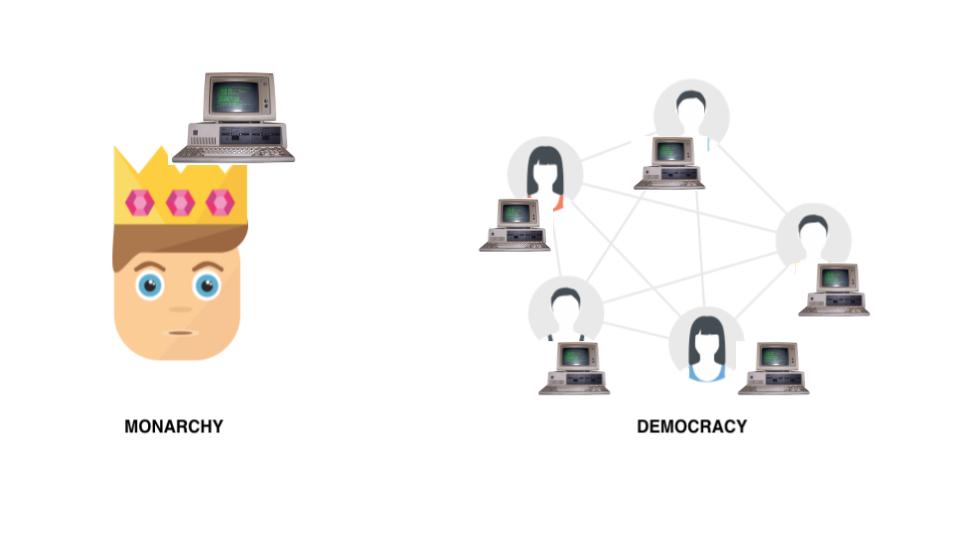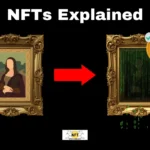The internet has seen remarkable transformations over the years, evolving from its early static Web1 era to the interactive Web2, and now, the promising Web3. Web3 is a decentralized iteration of the internet that harnesses the power of blockchain technology. Let’s delve deeper into what Web3 entails and its potential impact.

The Three Generations of the Internet
- Web1: This inaugural phase was characterized by static, read-only websites, offering limited interaction.
- Web2: The second generation brought dynamic websites, enabling users to engage with content and each other. Social media platforms and interactive web applications epitomize this era.
- Web3: Now, we’re entering the third generation with Web3. It’s a decentralized paradigm built on blockchain technology, poised to revolutionize the internet landscape.
How Web3 Operates
Web3 relies on blockchain, a distributed ledger technology known for its security, transparency, and immutability. Key aspects of Web3 operation include:
- Blockchain Foundation: Web3 is built atop blockchain networks, ensuring secure, transparent, and tamper-proof transactions. Data on the blockchain cannot be altered without majority network consensus.
- Decentralized Applications (dApps): Web3 applications, or dApps, facilitate secure and transparent user interactions, such as financial transactions, data storage, and participation in various decentralized applications.
The Advantages of Web3
Web3 presents numerous benefits:
- Decentralization: It’s not controlled by a single entity, making it resilient against censorship and manipulation.
- Security: The inherent security of blockchain technology provides a robust platform for data storage and transactions.
- Transparency: All blockchain transactions are public, enhancing transparency compared to traditional centralized platforms.
- Efficiency: Web3 applications can operate more efficiently by eliminating intermediaries.

Navigating Web3’s Challenges
Despite its promise, Web3 faces challenges:
- Complexity: It’s a complex technology, posing difficulties for both developers and users.
- Adoption: Widespread adoption remains a hurdle as transitioning to a new platform is challenging.
- Regulation: Regulatory frameworks for this nascent technology are yet to be established, potentially impacting its development and adoption.
In conclusion, Web3 represents a paradigm shift in the internet’s evolution, offering the potential for decentralization, security, transparency, and efficiency. While it grapples with complexities, adoption hurdles, and regulatory uncertainties, its transformative potential is undeniable, promising a more decentralized and secure internet landscape.
















